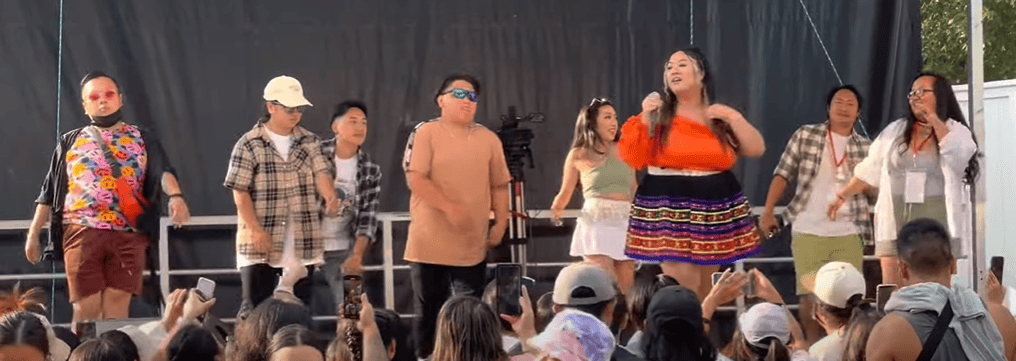Unveiling the Astonishing Evolution of Hmong Popular Music in 2023
The Transformative Journey of Hmong Popular Music: A Melodic Timeline Introduction: The Harmonic Tapestry of Hmong Culture The Hmong community, a vibrant ethnic group primarily found in Southeast Asia and the United States, has a musical landscape as rich and varied as its history. Hmong Popular Music reflects not only the collective joys and sorrows…
The Transformative Journey of Hmong Popular Music: A Melodic Timeline

Introduction: The Harmonic Tapestry of Hmong Culture
The Hmong community, a vibrant ethnic group primarily found in Southeast Asia and the United States, has a musical landscape as rich and varied as its history. Hmong Popular Music reflects not only the collective joys and sorrows of the community but also serves as an evolving tapestry that weaves in global influences.
Traditional Hmong Music: The Root of the Melody
Before diving into contemporary trends, it’s imperative to understand that Hmong music originated from folk traditions. Instruments like the qeej, a mouth organ, and the raj nplaim, a type of flute, played vital roles in rituals and celebrations. Songs often narrate epics of ancestral exploits or tales of love and loss.
The 20th Century: An Era of Transformation
The late 20th century saw the Hmong population dispersing globally due to various geopolitical factors. This diaspora had a considerable impact on Hmong music, with influences from Western pop, hip-hop, and electronic music creating a blend that speaks to the community’s resilience and adaptability.
Modern-Day Hmong Popular Music: A Fusion of Styles
Today, Hmong popular music is a robust fusion of different genres. Artists like Destiny Xiong and David Yang seamlessly blend R&B, hip-hop, and pop into their work, thus elevating Hmong music onto the global stage. Collaborations with non-Hmong artists have also become increasingly frequent, expanding the genre’s reach and fanbase.
The Role of Media and Technology
Platforms like YouTube and SoundCloud have become instrumental in democratizing Hmong popular music. Independent artists now have the opportunity to broadcast their talent to a global audience, breaking down traditional barriers and opening up new avenues for collaboration and exposure.
Female Artists in Hmong Popular Music
In a community that values its traditions, the emergence of female artists has been groundbreaking. Artists like Maa Vue and Pagnia Xiong are not only topping the charts but also reshaping the narrative around the role of women in Hmong culture. Their music often tackles issues of gender equality and empowerment, acting as anthems for a new generation.
Impact on Hmong Youth
For Hmong youth, especially those born and raised in the diaspora, Hmong popular music serves as a cultural tether. Artists often incorporate elements of traditional Hmong music into their compositions, helping younger generations connect with their roots while still engaging with modern styles they can relate to.
Music Festivals and Hmong Community Events
One can witness the evolution of Hmong popular music at various music festivals and community events. These gatherings not only celebrate musical innovation but also serve as a platform for up-and-coming artists. Here, both young and old come together to enjoy the harmonious blend of old and new.
The Future of Hmong Popular Music
While it’s difficult to predict precisely where Hmong popular music is headed, its continued growth and diversification are guaranteed. As new artists emerge and the global Hmong community continues to evolve, music will undoubtedly remain a vital thread in the cultural fabric.
Conclusion: The Ever-Evolving Melody
Hmong popular music is more than just a genre; it’s a reflection of the community’s ever-changing dynamics. As it continues to evolve, embracing both the old and the new, it serves as a testament to the resilience, diversity, and boundless creativity of the Hmong people.
